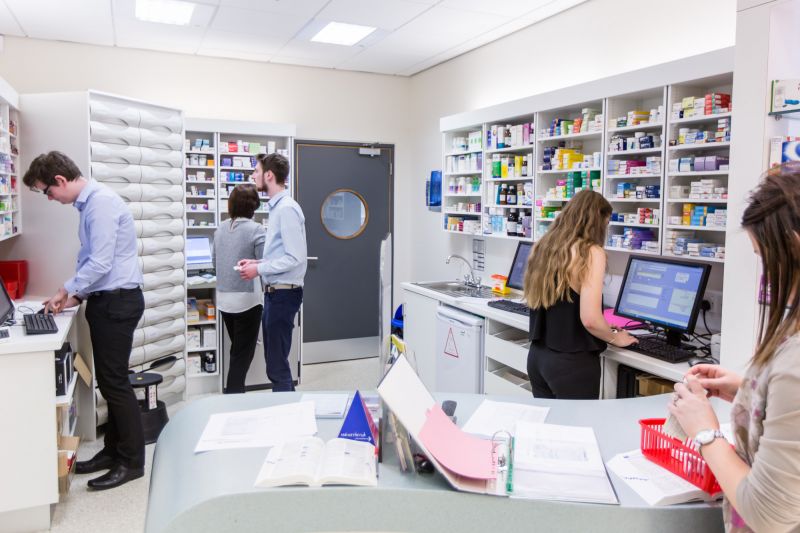Summary
Glaciers are sensitive indicators of climate change and represent critical water resources for populations around the world. Glacier mass change depends on a variety of factors, including air temperature and surface conditions. Snow microbiota (e.g., snow algae) can change the surface reflectance of snow and ice, increasing the amount of energy absorbed. This in turn increases the amount of snow and ice melted in a season, thereby impacting both regional water resources, as well as the climate. Difficulty accessing remote field sites makes studying these processes in-situ challenging, especially on large spatial scales. Recent years have seen an increased availability of global glacier datasets, including mass changes, a steady increase in the accessibility of satellite images, and the proliferation of tools for rapid processing of remote sensing data. Combined, these factors provide the potential for studying both the present impact of snow algae over large spatial scales, as well as how the abundance of glacier microbiota has changed over time.
Using archived satellite datasets, the successful candidate will work to develop tools for estimating algal abundance over long time periods for a glacier/region of their choosing, and investigate the relationship between local climate parameters, snow algae abundance, and glacier mass change.
Essential Criteria
To hold, or expect to achieve by 15 August, an Upper Second Class Honours (2:1) Degree or equivalent from a UK institution (or overseas award deemed to be equivalent via UK NARIC) in a related or cognate field.
Desirable Criteria
- An interest or background in glaciology, climate, remote sensing, or some combination of these topics
- Experience in using and analysing remote sensing datasets
- Experience with programming (any language).
A project proposal it NOT required with this application.
Essential criteria
Applicants should hold, or expect to obtain, a First or Upper Second Class Honours Degree in a subject relevant to the proposed area of study.
We may also consider applications from those who hold equivalent qualifications, for example, a Lower Second Class Honours Degree plus a Master’s Degree with Distinction.
In exceptional circumstances, the University may consider a portfolio of evidence from applicants who have appropriate professional experience which is equivalent to the learning outcomes of an Honours degree in lieu of academic qualifications.
Equal Opportunities
The University is an equal opportunities employer and welcomes applicants from all sections of the community, particularly from those with disabilities.
Appointment will be made on merit.
Funding and eligibility
This opportunity is open to UK/ROI applicants only.
MRes studentships will be available to top ranked candidates to cover tuition fees and a Research Training Support Grant of £900. All applicants will be considered automatically for an MRes studentship. Applicants who do not receive a studentship but meet admission requirements may be offered admission on a self-funded basis.
Applicants who already hold an MRes or a doctoral degree or who have been registered on a programme of research leading to the award of an MRes or doctoral degree are NOT eligible to apply for an award. Applicants who hold or who are registered on a taught Master’s degree are eligible to apply.
Recommended reading
Chevrollier L-A and 6 others (2025) Mapping red algal blooms and their albedo-reducing effect on seasonal snowfields at Hardangervidda, Southern Norway. Frontiers in Earth Science 13, 1508719. https://doi.org/10.3389/feart.2025.1508719
Engstrom CB and Quarmby LM (2023) Satellite mapping of red snow on North American glaciers. Science Advances 9(47), eadi3268. https://doi.org/10.1126/sciadv.adi3268
Ganey GQ, Loso MG, Burgess AB, and Dial, RJ (2017). The role of microbes in snowmelt and radiative forcing on an Alaskan icefield. Nature Geoscience, 10(10), 754–759. https://doi.org/10.1038/ngeo3027
Halbach L and others (2022) Dark ice in a warming world: advances and challenges in the study of Greenland Ice Sheet’s biological darkening. Annals of Glaciology 63(87–89), 95–100. https://doi.org/10.1017/aog.2023.17
Healy SM and Khan AL (2023) Albedo change from snow algae blooms can contribute substantially to snow melt in the North Cascades, USA. Communications Earth & Environment 4(1), 1–13. https://doi.org/10.1038/s43247-023-00768-8
Takeuchi N, Dial RJ, Kohshima, S, Segawa T, and Uetake, J (2006). Spatial distribution and abundance of red snow algae on the Harding Icefield, Alaska derived from a satellite image. Geophysical Research Letters, 33(21), 1–6. https://doi.org/10.1029/2006GL027819

















